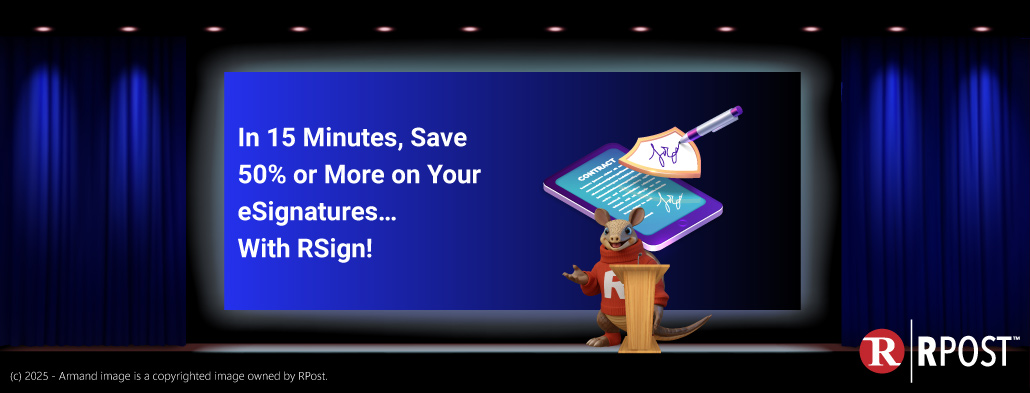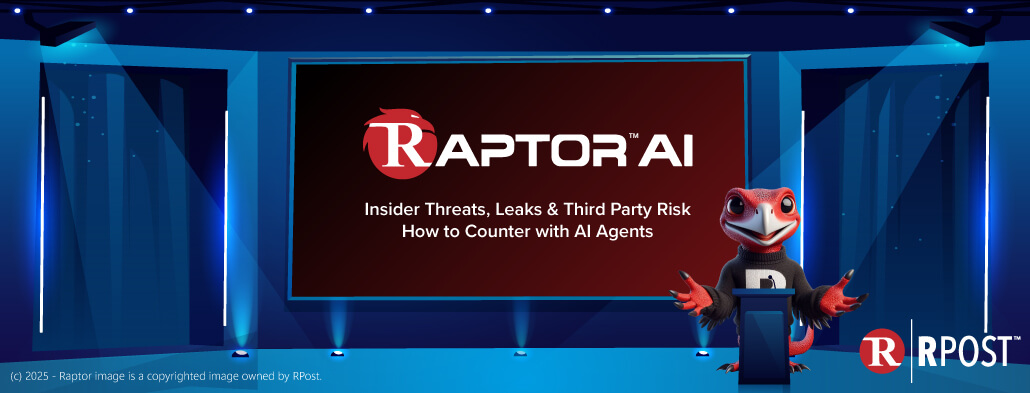Last week we highlighted two of the top five e-security human errors that can cause pain for professionals, so we’re here now to finish out the list. As you may recall, there are some mistakes that can be forgiven in the workplace (although microwaving leftover fish at 10 am is fairly borderline). However, there are those […]
Right Email, Wrong Recipient. No Problem. Recall The company travel agent, Leah, sometimes gets some really insightful inside information about her client company – sent to her accidentally. Fortunately, she is a trusted outside contractor and politely replies to her client, “I think you did not intend to send this to me.”
Why are you emailing your clients weblinks to documents? They’re not supposed to click on unknown links. It’s making them nervous. Even if you’re using popular apps like dropbox to share files, you can’t be sure your client will trust the link. Nor should they. They might think it’s a phishing scheme.
Much of the uncertainty as to the legality of electronically signed contracts has dissipated over the last decade and a half — through definitions in the broad state (UETA) and Federal (ESIGN) statutes, and through practice by the first few waves of adopters.
eSignature technology offers much more than just the ability to get a document signed remotely. eSignature technology also provides businesses with the opportunity to completely reinvigorate decades-old business processes, enhance productivity, and automate mundane work flows.
RSign achieves top score in breadth and depth of eSignature services, compliance with industry/country regulations and technical standards, and enterprise scalability categories.
Three Electronic Signature Service Areas – When to Use “Sending for Signature”, “Form sign”, “Sender Signs” The main RSign electronic signature service upgrade runs on RSign’s Registered Email™ technology platform and is unique in that it permits senders to send for signature and have electronic signing capabilities anywhere – from their mobile device, browser-based email […]
When sending encrypted email using RMail services, the sender can choose one of the following options:
RPost’s SecuRmail service employs AES 256-bit encryption to convert select email into a more private encrypted format. The recipient must have an up-to-date PDF reader to view the encrypted message and any attachments received with that message. To view attached files embedded in the encrypted PDF file, one must use Adobe Reader 7.0 (circa 2004) […]
The Pentagon is the latest victim of an email spoofing campaign. Pentagon colleagues, partners and vendors are receiving fake emails that appear to be coming from Defense Security Service (DSS) employees. Cyber criminals are most likely trying to hack into company servers and then find a backdoor into the Pentagon server itself.

November 14, 2025

November 07, 2025

October 31, 2025

October 24, 2025

October 17, 2025
© 1999-2025 RPost. All Rights Reserved.
Terms & Conditions, RMail | Gmail App Compliance.
RPost Patented
(click for patent list).
